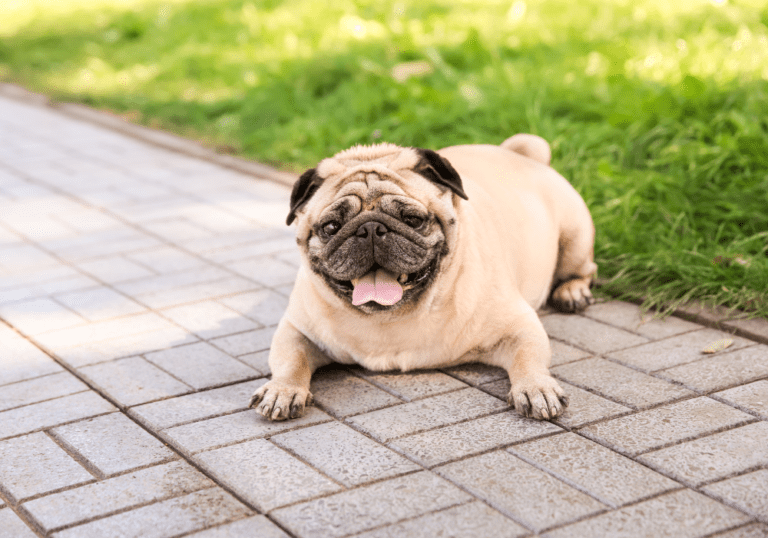Understanding Canine Bloat: Essential Insights from Willow Glen Pet Hospital

As a devoted pet owner, recognizing the early signs of bloat in your dog can be crucial to their survival. Bloat, or Gastric Dilatation-Volvulus (GDV), is a severe condition that can threaten your dog’s life within hours of symptom onset. At Willow Glen Pet Hospital, we emphasize the importance of immediate medical attention to improve survival chances. Here’s what you need to know about this urgent medical condition.
What Causes Bloat in Dogs?
Bloat occurs when your dog’s stomach fills with gas, fluid, or food, causing it to expand. This expansion can block blood flow to the heart and other vital organs, while also putting pressure on other body parts. In severe cases, the stomach may twist, cutting off blood supply to the stomach and spleen—a situation that requires immediate intervention.
Key Signs and Symptoms of Bloat
Observing your dog for early signs of bloat can make a significant difference. Symptoms include:
- Abdominal Pain: Dogs may grunt, whine, or show signs of distress when their abdomen is touched.
- Difficulty Breathing: An expanded stomach can press against the diaphragm, leading to breathing difficulties.
- Excessive Drooling: Noticeable increase in drooling can be a symptom of bloat.
- Panting and Restlessness: These behaviors are often signs of discomfort and pain.
- Dry Heaving: Dogs may attempt to vomit without any expulsion, usually producing only foam.
- Enlarged Abdomen: The stomach may appear swollen, though this isn’t always visually evident.
- Abnormal Posture: Dogs might lower their front bodies while raising their hindquarters.
If your pet exhibits any of these symptoms, consult our doctors at Willow Glen Pet Hospital immediately. Delaying treatment can lead to rapid deterioration and possibly fatal outcomes.
Why Are Some Dogs More Prone to Bloat?
Certain risk factors can increase a dog’s likelihood of developing bloat:
- Eating Habits: Rapid eating or drinking can cause excessive air intake.
- Age and Sex: Older dogs and males are at higher risk.
- Physical Build: Deep-chested breeds like Great Danes and St. Bernards are more susceptible.
- Exercise: Vigorous activity soon after eating can contribute to bloat.
- Dietary Factors: Feeding habits, such as using raised bowls or consuming high-fat diets, can also play a role.
Effective Treatments for Bloat
At Willow Glen Pet Hospital, we approach bloat with urgency and care. Treatment depends on the severity of the condition:
- Simple Bloat: We may administer IV fluids, pain relievers, and possibly decompress the stomach to release gas.
- Twisted Stomach: Surgical intervention is necessary to untwist the stomach and secure it to prevent future incidents.
Prevention and Care
Preventive measures include modifying feeding practices, such as using slow-feeder bowls, adjusting meal sizes and frequencies, and monitoring exercise around feeding times. Regular veterinary check-ups can also help assess risks and discuss preventive strategies tailored to your dog’s needs.
Need More Help?
If you suspect your dog has bloat or if you have questions about their health, don’t hesitate to contact us at Willow Glen Pet Hospital. Our team, including Dr. Gillon and Dr. Shani, is here to provide expert care and advice. Visit us at 1033 Willow Street, San Jose, CA, or call (669) 342-7472. We’re open Monday to Saturday from 8:00 am to 6:00 pm.
